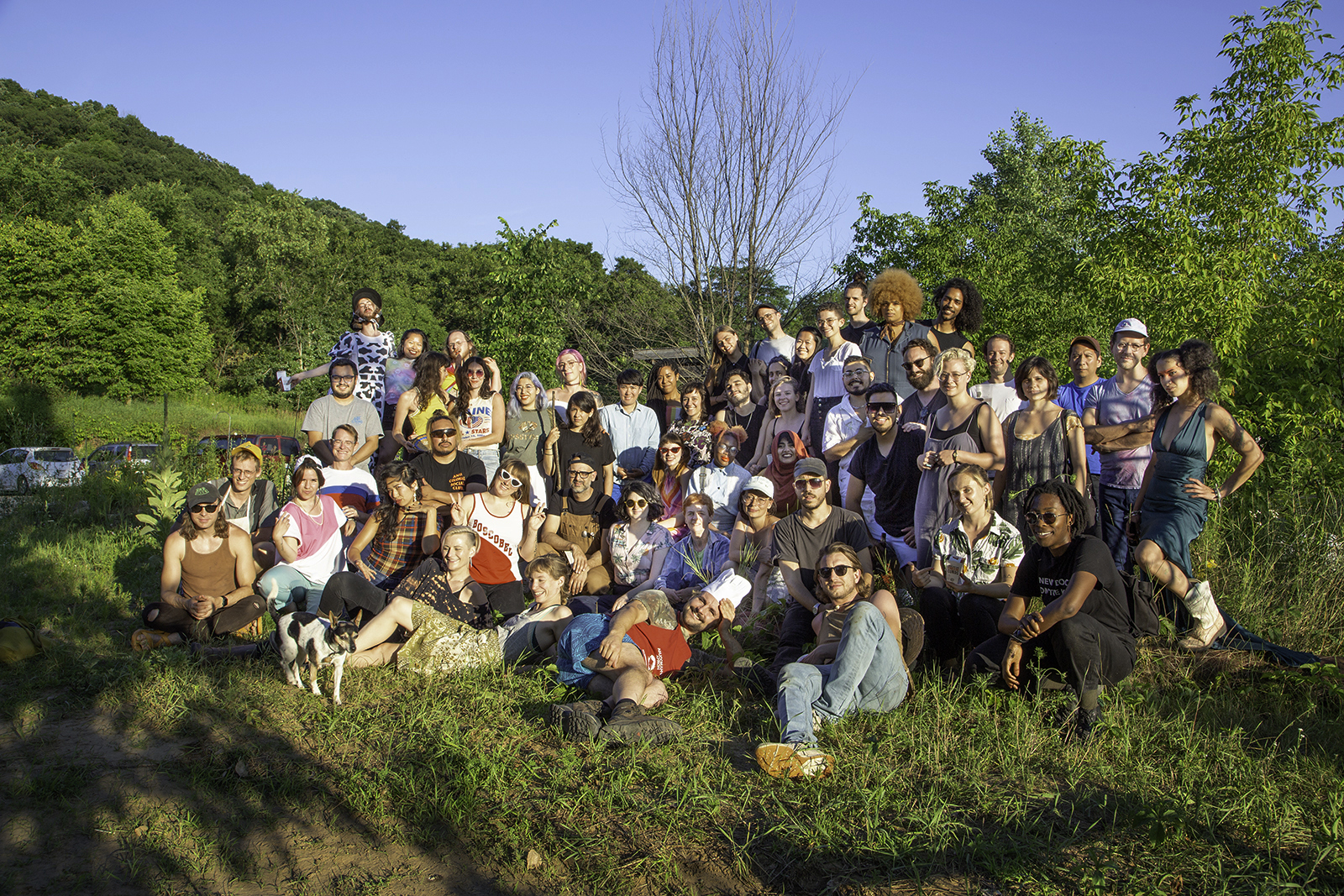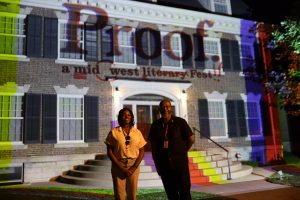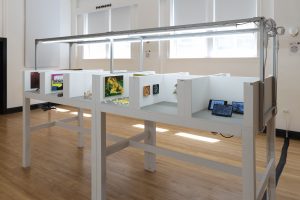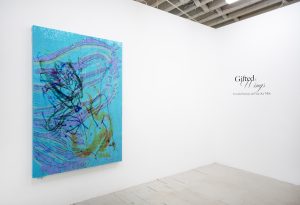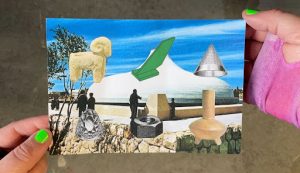In 2018, artists Julia Holter and Olivia Block came together to write and compose a new piece titled Whenever the Breeze, creating immersive sound by combining voice, instruments, bells, and recording of wind and water. The making of this piece culminated in an album recording and a live performance at the May Chapel in Rosehill Cemetery. This dynamic, collaborative piece was created during Experimental Sound Studio’s Outer Ear Residency.
Artist residencies offer a place for artistic exploration, a space where artists can work and think collectively, and potentially collaborate with like-minded individuals as well. Although this environment sounds similar to a classroom, residencies often subvert the power dynamics found in traditional academic settings. Without a type of hierarchical knowledge structure, residencies often form an alternative learning space.
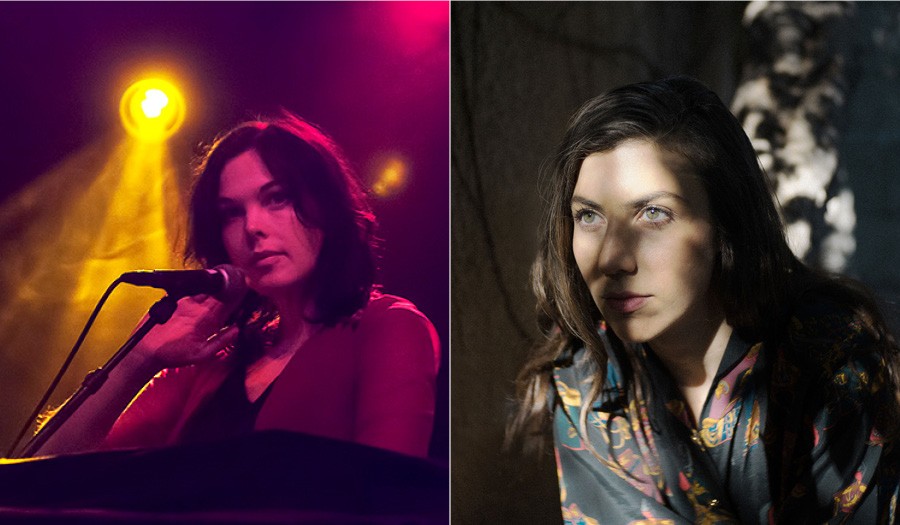
bell hooks describes this kind of learning community in Teaching to Transgress: Education as the Practice of Freedom, saying, “Since the vast majority of students learn through conservative, traditional educational practices and concern themselves only with the presence of the professor, any radical pedagogy must insist that everyone’s presence is acknowledged. […] There must be an ongoing recognition that everyone influences the classroom dynamic, that everyone contributes. These contributions are resources.” hooks describes the authoritarian model in the classroom as hierarchical and coercive. Instead, she proposes an engaged pedagogy that emphasizes each person’s active participation. Through this, the voices, opinions, and experiences of each person, including those that have been historically marginalized, are given equal consideration and value. In accepting each person as a potential collaborator, a type of community is formed.
Artists often seek alternative modes of education and an open learning environment that does not command a privileged voice of authority. In the competitive, capitalist structure in which we live and work, it becomes necessary to actively and intentionally form the communities we want to have. Such communities can give much-needed resources and support for artists—support that is not often provided by traditional institutions, especially after graduation.
Similarly alternative models of education have existed in schools like Black Mountain College (founded in 1933), which used non-hierarchical methodologies and encouraged interdisciplinary experimentation, and artist residencies such as the Skowhegan School of Painting & Sculpture (founded in 1946), a nine-month program that describes itself as neither a school nor a retreat.
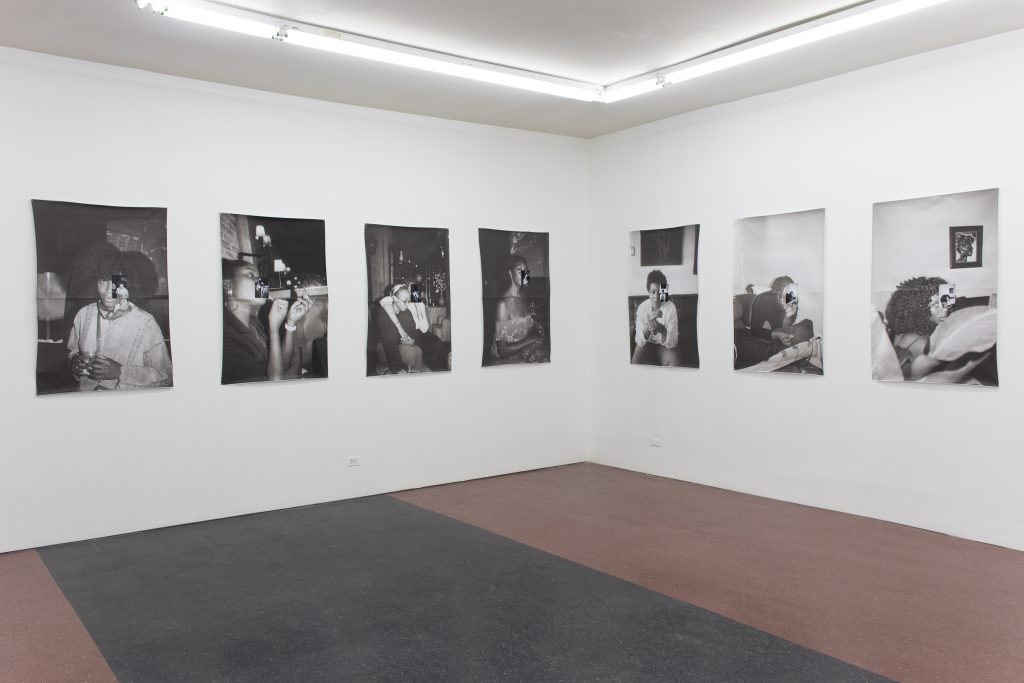
In Chicago, there are a number of art organizations and residency programs that have sought alternative education models and potential avenues for collaborative art making. In 2010, four artists came together to form the artist collective ADDS DONNA. In their current location in Humboldt Park, the group has expanded their numbers to eight. Current member Kaylee Wyant explains that when forming the collective, the original members “missed the rigor and the conversations they experienced at school and wanted to recreate that kind of community.” The artists originally shared a studio space, which sparked an exchange of ideas and later led to collaborating under the name ADDS DONNA as an artist persona, one that Wyant says can “exhibit work on its own outside of individual identities and practices.”
Along with exhibitions, ADDS DONNA’s programming through the years has included artist residencies and study groups. In 2018, their artists-in-residence included Tracie Hayes and Zakkiyyah Najeebah, who created work for five weeks in the gallery and installed their work for one week of viewing. This residency model aimed to invert the typical exhibition formula. In ADDS DONNA’s study groups, the syllabus is malleable and discussion is open-ended. Wyant explains that creating this kind of educational space came from the “desire to make engagement with a subject more democratic, to eliminate the hierarchy within traditional pedagogy in order to make learning more collaborative and approachable.” In these ways, ADDS DONNA can function as an experimental institution.
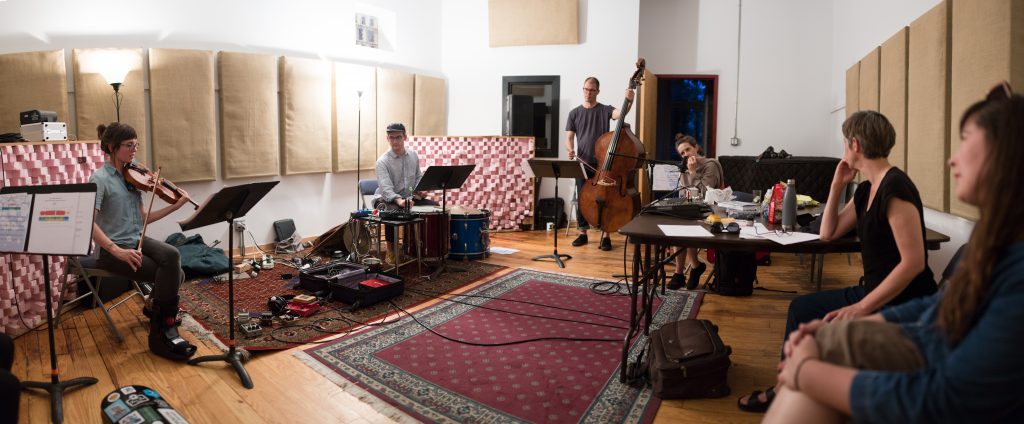
Currently in its 34th year, Experimental Sound Studio (ESS) promotes and supports the sound arts in different disciplines, such as music, dance, videography, and visual artists. This unique organization houses a professional recording studio and curates live public programming, sound installations, gallery exhibitions, artist residencies, workshops and tutorials. For ESS, bringing together artists to support and spark collaboration has culminated in three different artist residencies: the Alba Residency, the Wavefront Artist Residency, and the Outer Ear Residency. The Alba Residency functions as a postgraduate sonic arts program available to students graduating from the Sound Department at SAIC, and provides guidance in the next steps in their art practice. In contrast to this hyper-local residency, the Wavefront Artist Residency operates as an exchange program with international artists at Soundpocket, a Hong Kong-based sonic arts organization. The week-long Outer Ear Residency offers artists full access to all of the studio’s resources with the purpose of facilitating experimentation in the creation of new work.
Managing Director Adam Vida explains that ESS believes “collaborative projects are a key to breaking new ground and finding areas of experimentation that have yet to be explored.” As all three of the residency programs at ESS are structured in a way that makes room for collaboration, as they allow participants to bring in additional artists to collaborate with. With a cross-disciplinary approach, the organization “plays a big role in pairing artists together that may not have the opportunity to collaborate otherwise. [During the residencies] artists bounce ideas off each other and sometimes force each other out of their comfort zones.”
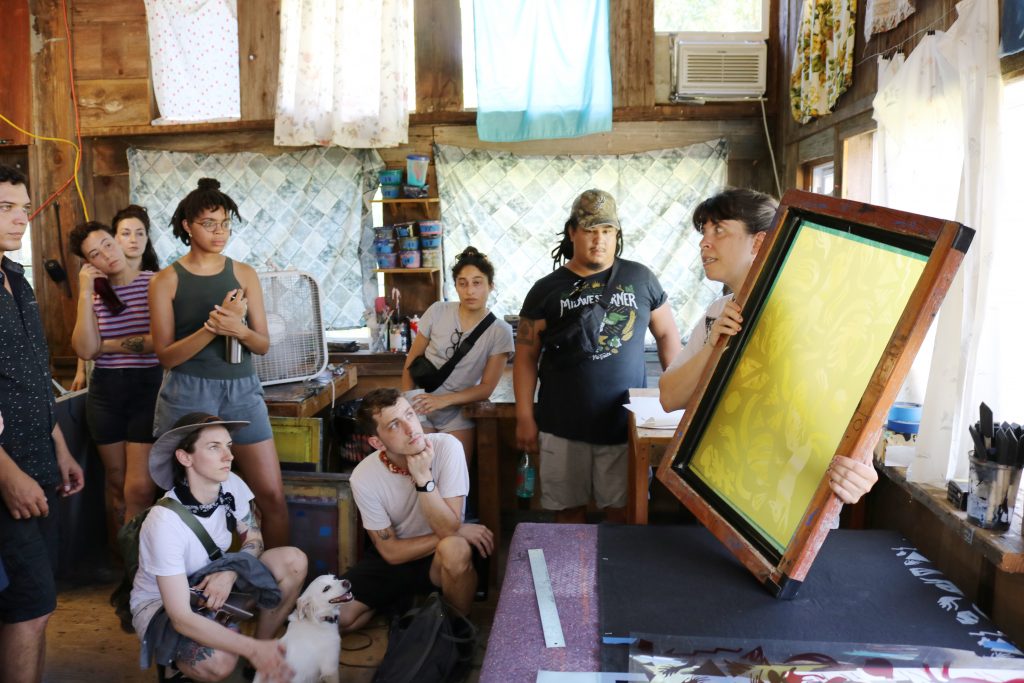
For the organization ACRE (Artists’ Cooperative Residency & Exhibitions), collaborative projects are a major component of their purpose and programming. ACRE hosts three artist residencies in rural Wisconsin and also supports exhibitions organized by six Curatorial Fellows each year. ACRE’s acting director Kate Bowen explains how the residency and exhibitions build a space for collaborative learning and making: “The residency gives the opportunity to work, live, eat, collaborate, and experiment together, while caring for and challenging each other. The exhibitions program brings folks back together, and creates new connections in the year that follows.”
Founded in 2010, ACRE was formed by “a group of artists and co-conspirators with the goal of providing an alternative to the traditional institutions that serve artist and art communities,” Bowen says. “As emerging artists in a world full of collapsing institutions, what we needed most was each other. The structure of ACRE’s residency program is a direct response to traditional education models; it is designed to reshape the way one learns and distributes knowledge through a collaborative environment. What artists need most are other artists—in addition to money, space, and time.”
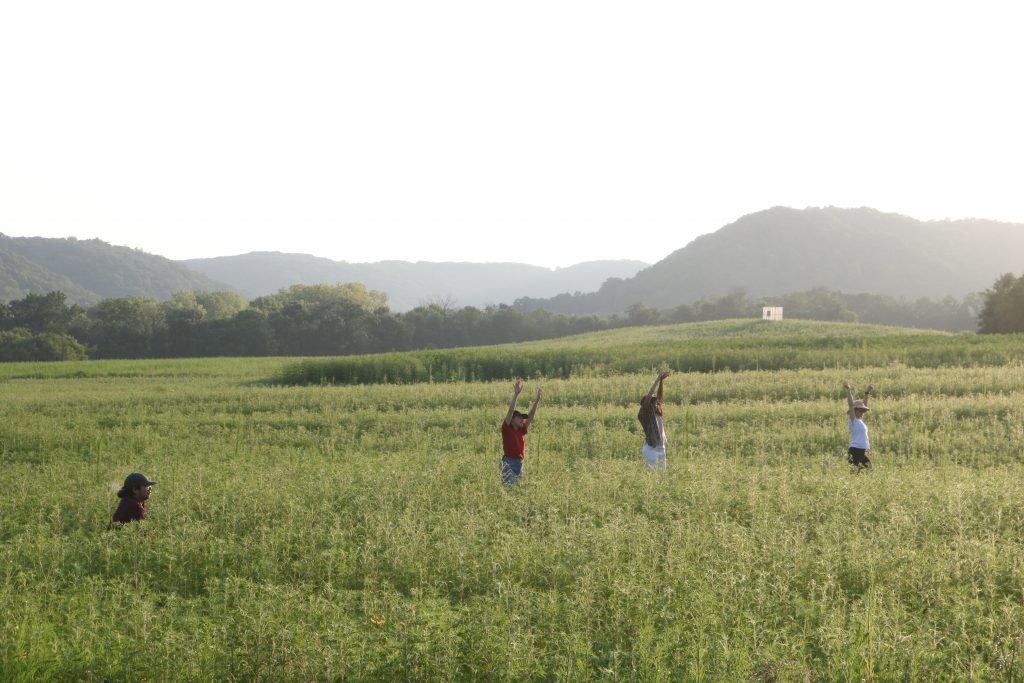
In the essay “(Extended) Footnotes on Education” (e-flux, 2010), Florian Schneider states, “Our only teachers are those who tell us to ‘do with me,’ and are able to emit signs to be developed in heterogeneity rather than propose gestures for us to reproduce.” Schneider is proposing that a top-down model of knowledge distribution doesn’t work effectively because it discourages critical thinking. By working collectively, knowledge sharing can become horizontal. With everyone working on an equal plane, participants are positioned in a way that gives everyone the power to initiate dialogue and critique.
Organizations like ADDS DONNA, Experimental Sound Studio, and ACRE are not just building programs that encourage non-hierarchical ways of learning and making, they are building spaces for support. They aim to facilitate a radical form of alternative education that fosters spontaneous collaboration and ideas, cross-disciplinary approaches, and community-based pedagogy. By creating work in a collaborative environment and decentralizing authority, new dialogues are able to form that engage all participants, allowing everyone to have a voice and potential to challenge the traditional trajectory of knowledge and authority.
Featured image: A large, diverse group of residents at ACRE’s summer residency program sit together facing the viewer. They are surrounded by lush, green vegetation in rural Wisconsin. Photo by Kate Bowen, courtesy of ACRE.
Editor’s note: This article recently appeared in Lumpen 137, and is being cross-published here as part of Sixty’s partnership with Hyde Park Art Center and Public Media Institute in producing the exhibition publication for Artists Run Chicago. The exhibition continues at Hyde Park Art Center until November 1. More info can be found here.

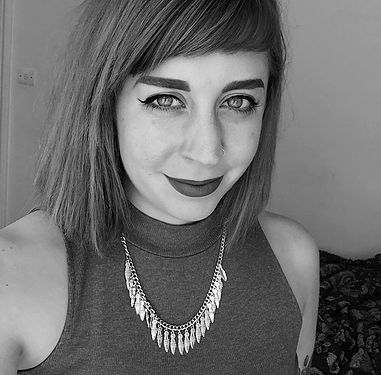
Christina Nafziger is a writer, editor, and curator based in Chicago. Her research focused on performativity within the image and the effect archiving digital images has on memory and identity. Her recent writing investigates the work of artists with research-based practices as well as the role of the archive and its capacity to alter and edit future histories.
